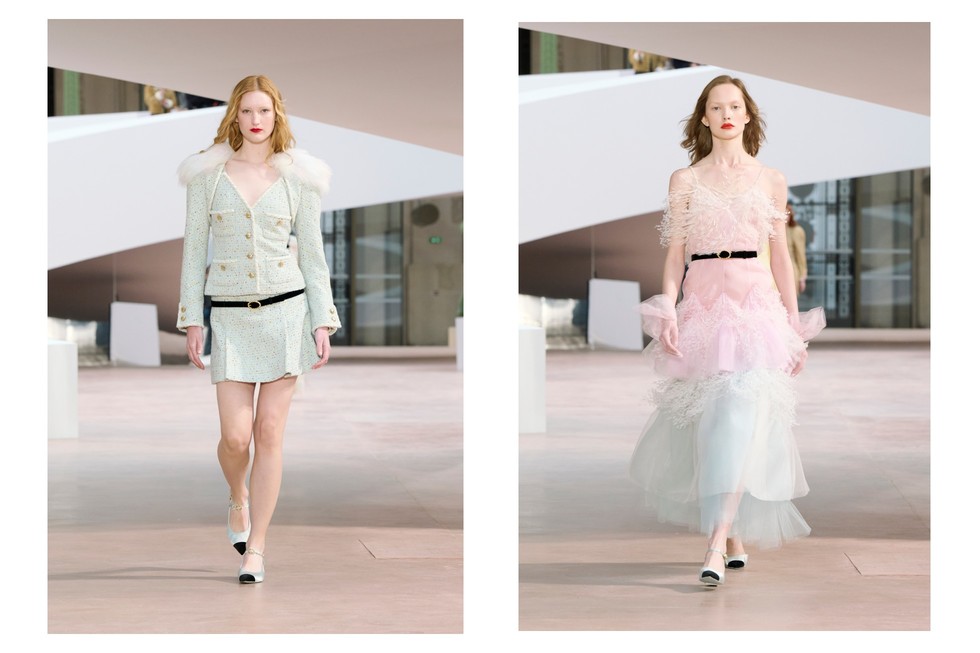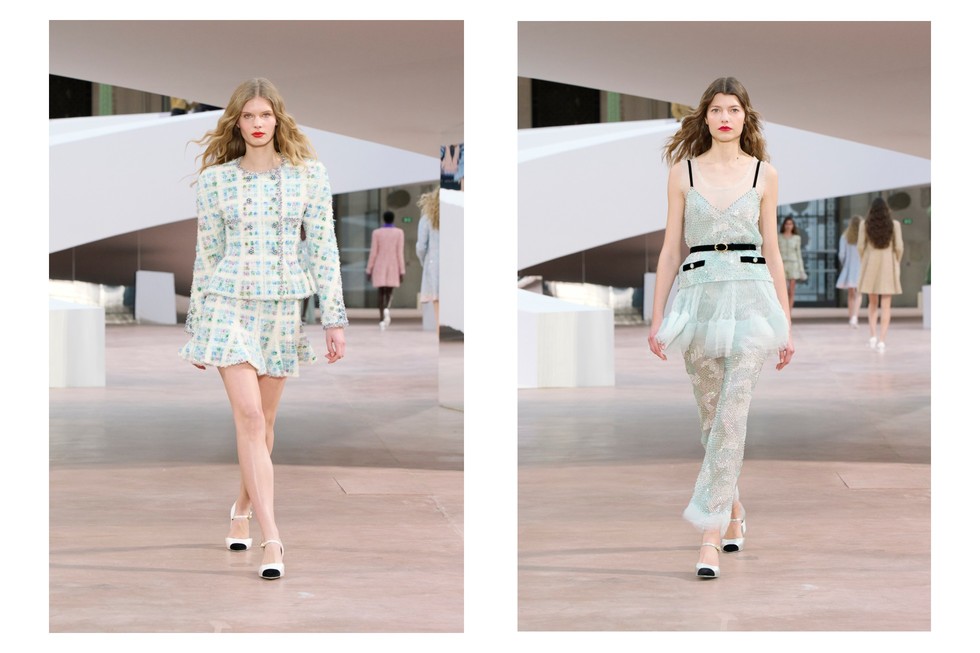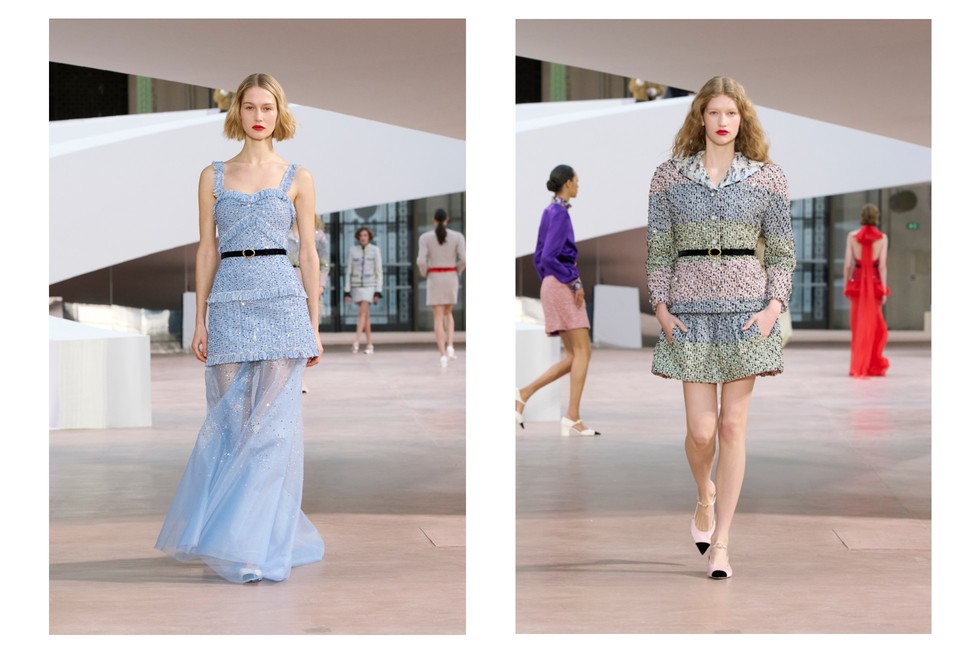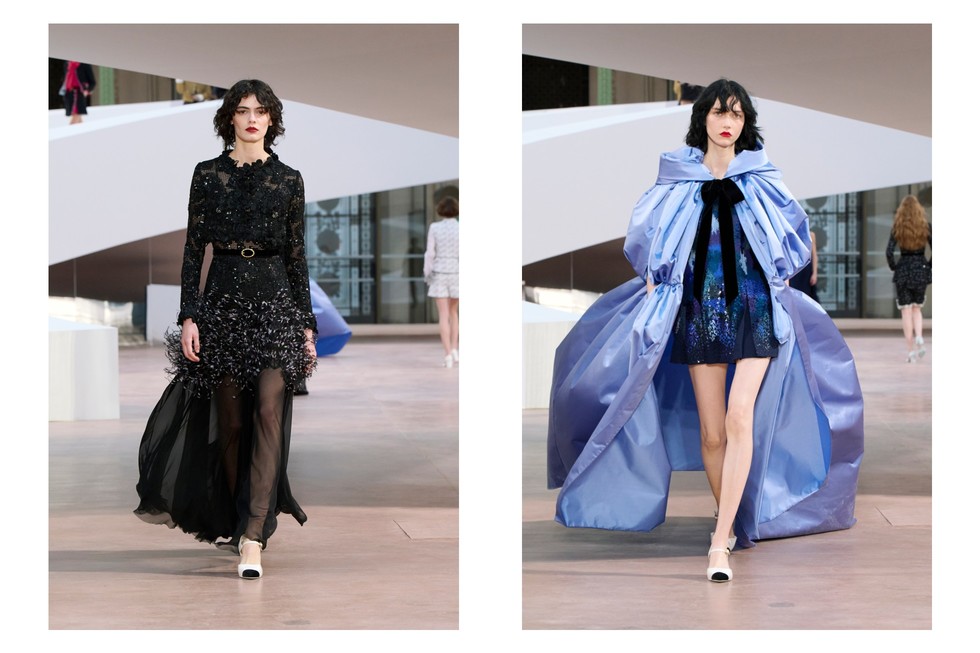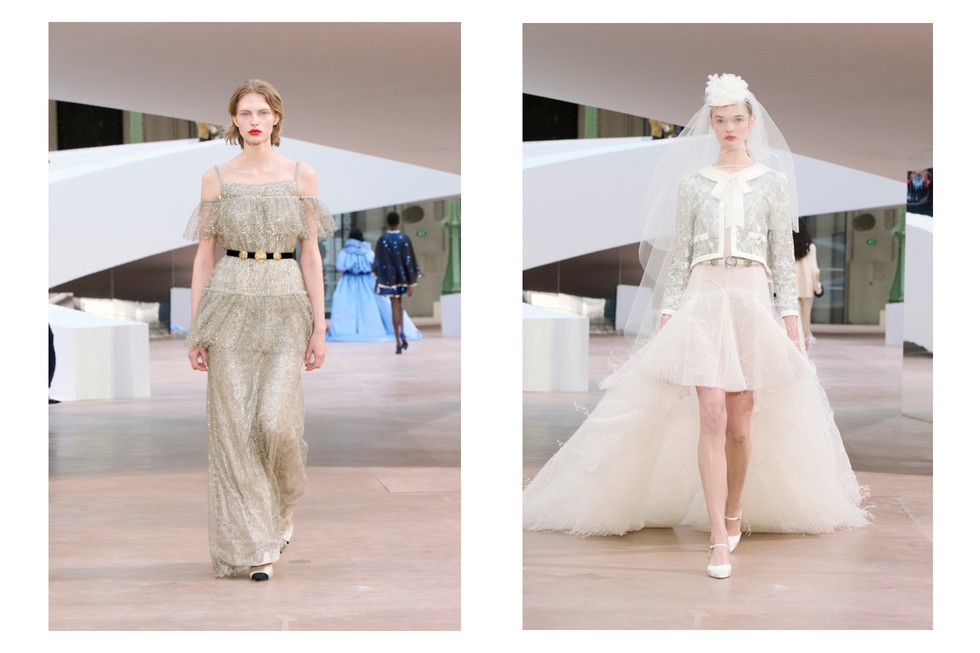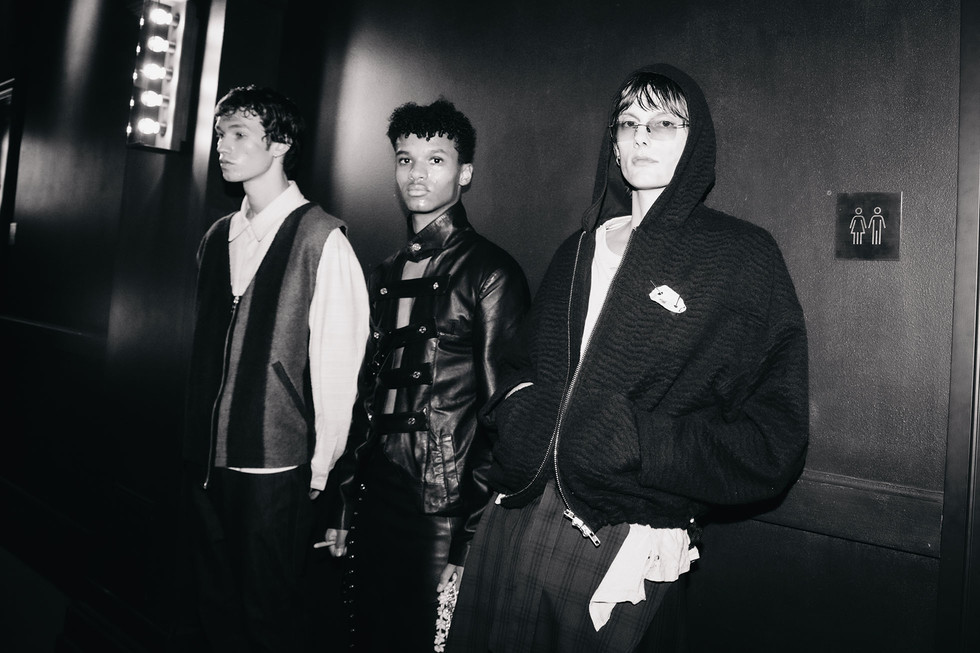
| photography Ebba Lange |
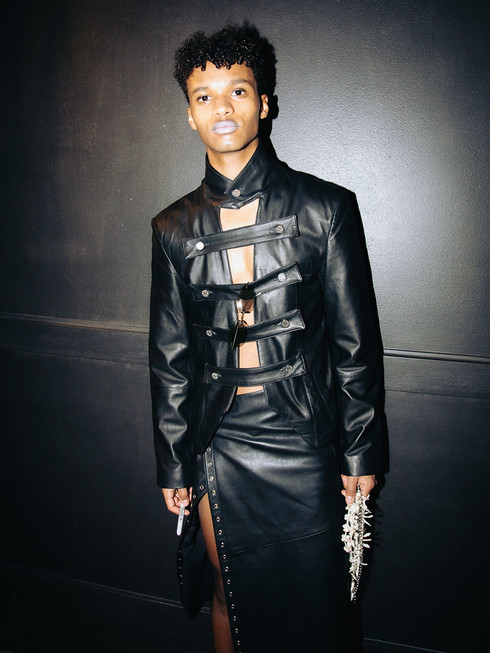
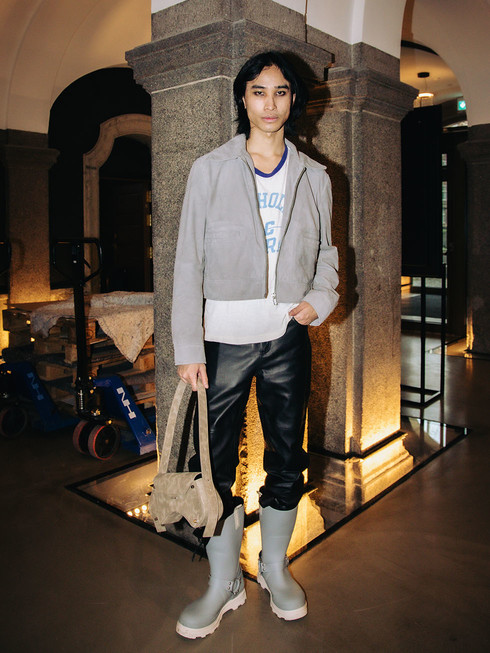
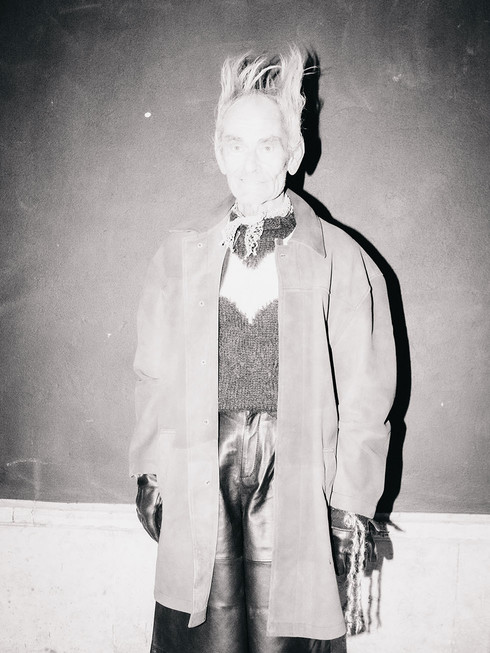
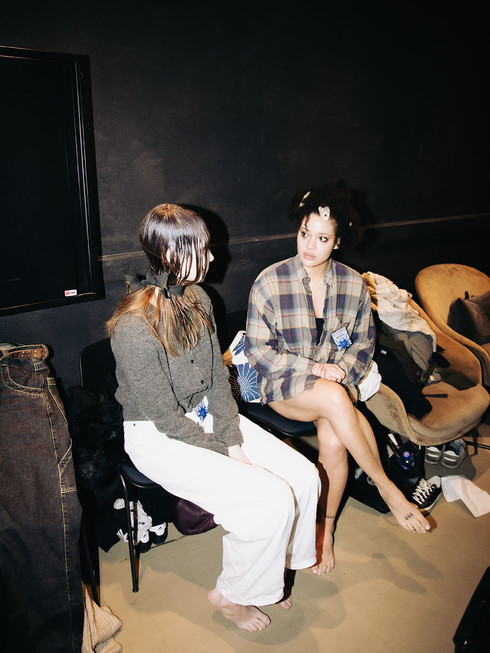
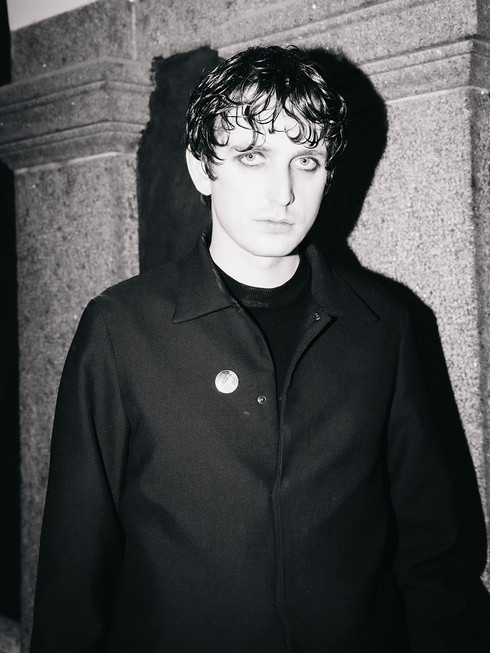
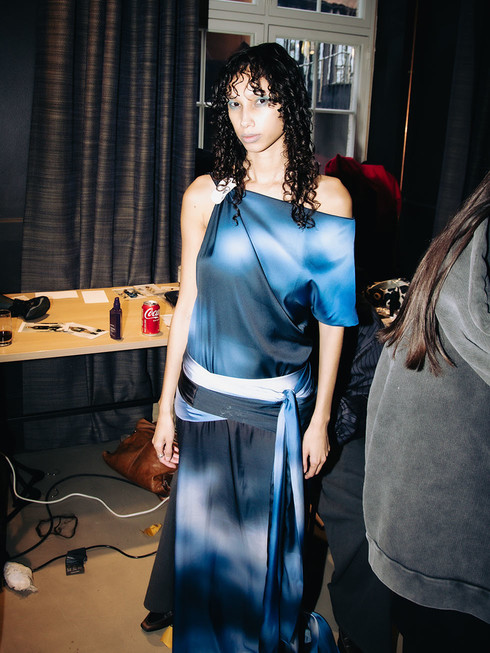
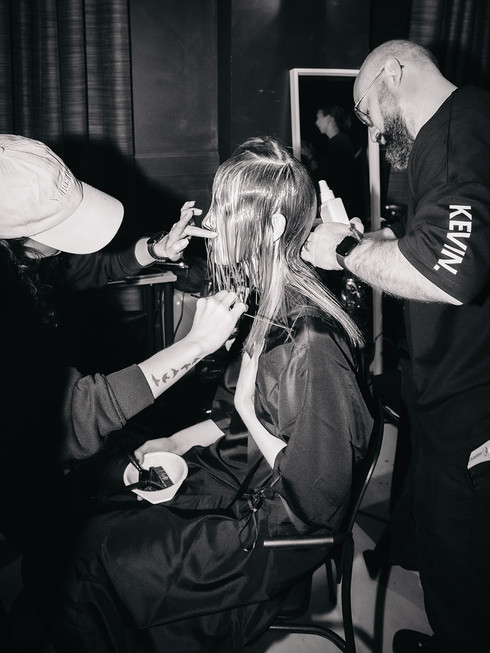
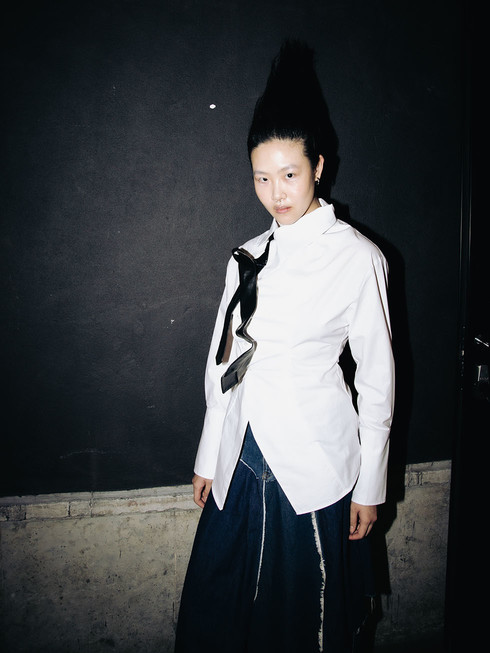
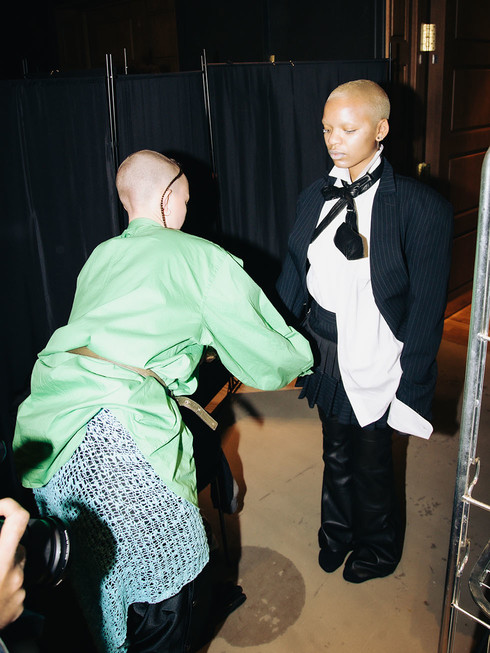
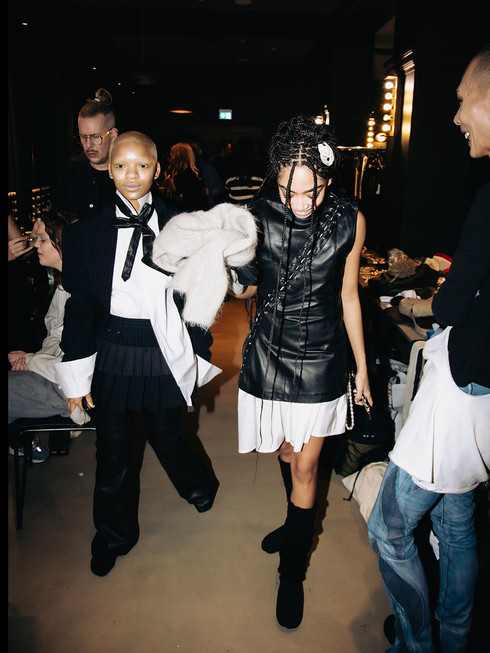
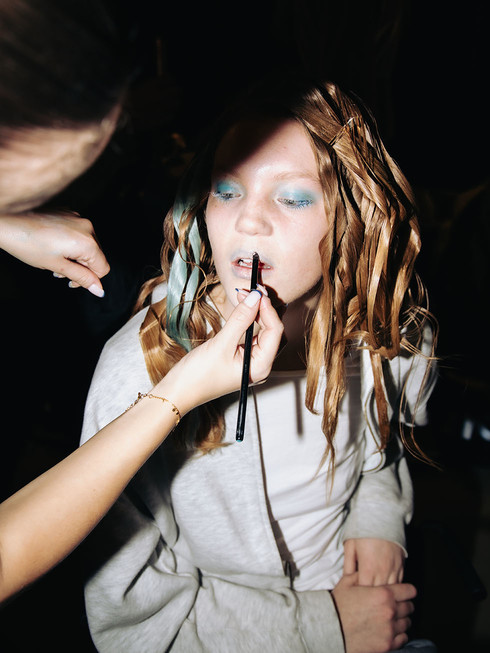
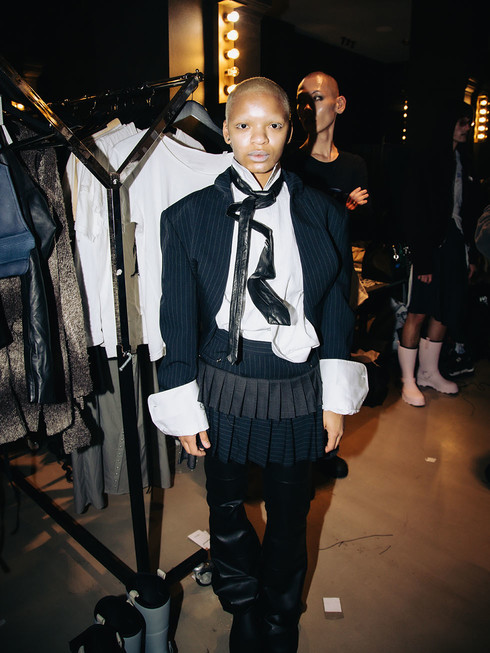
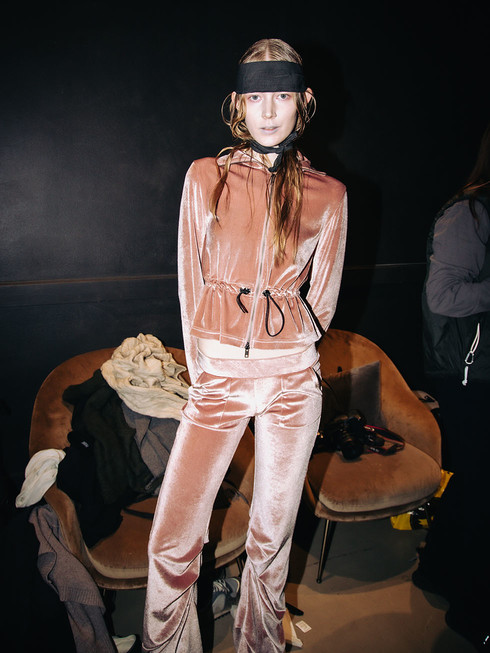
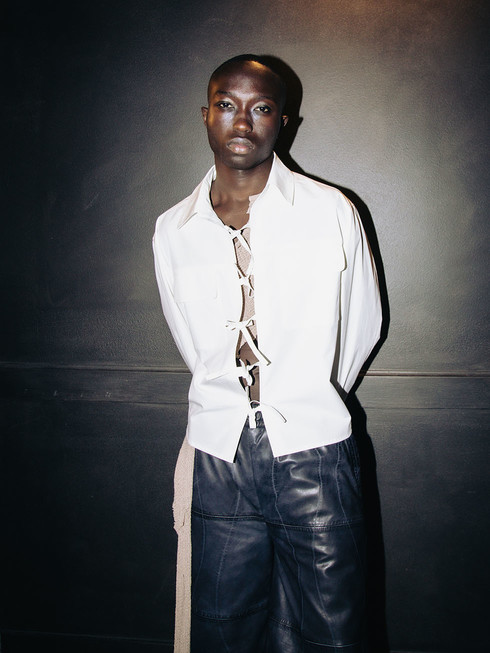

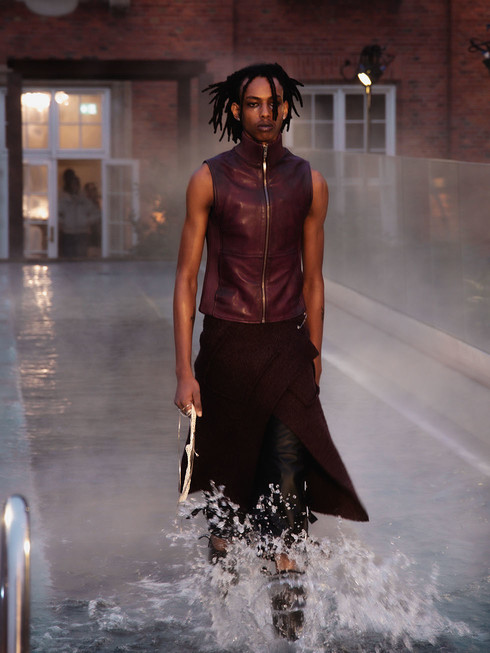
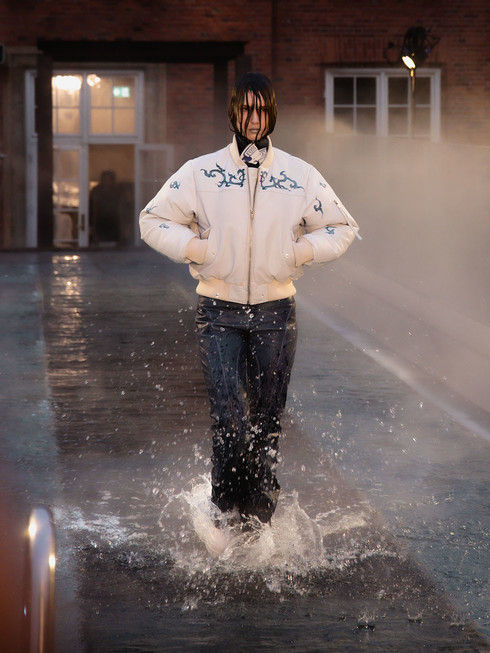
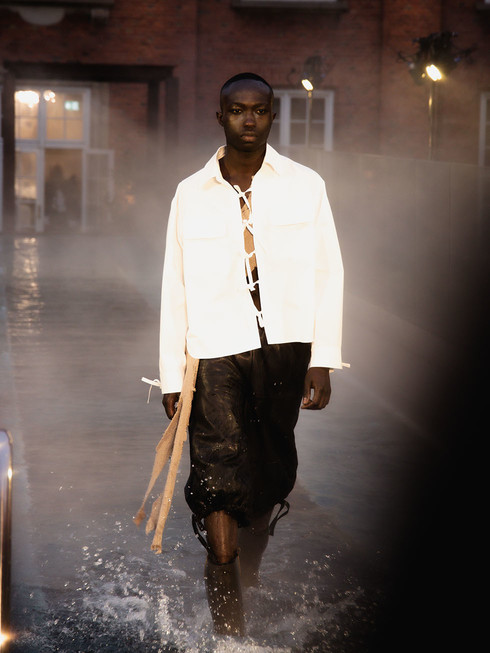
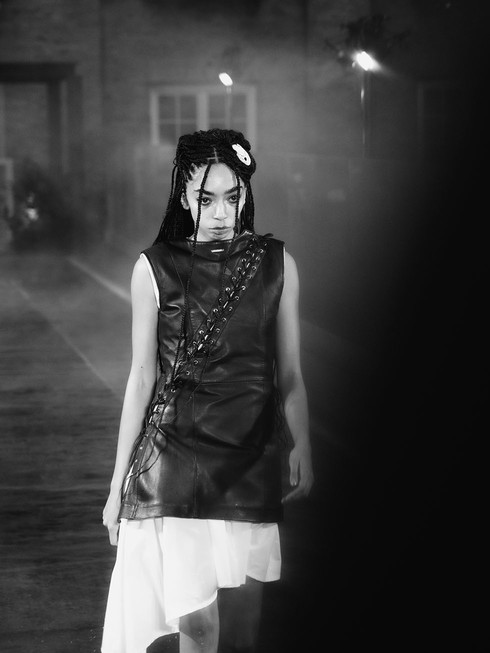
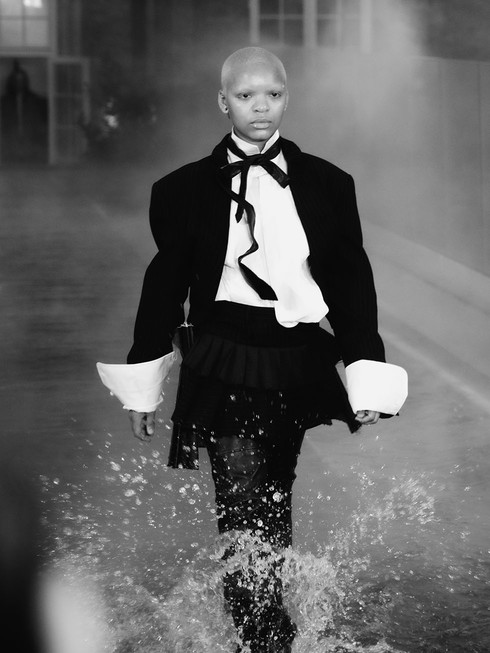
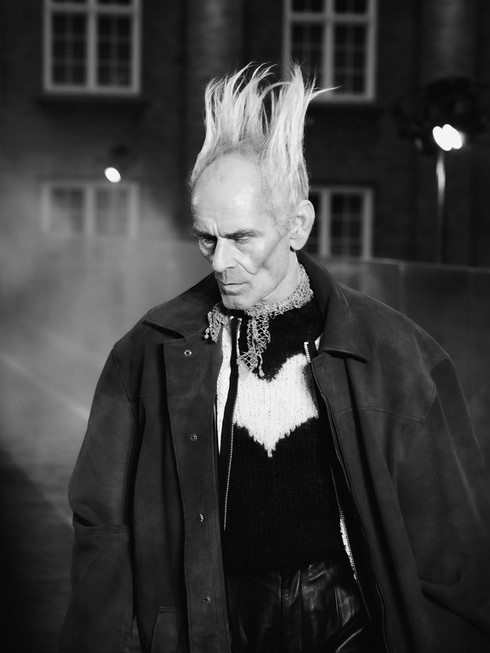
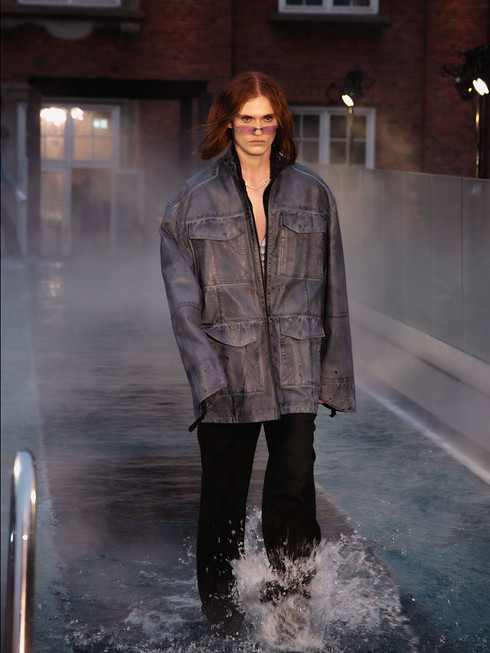
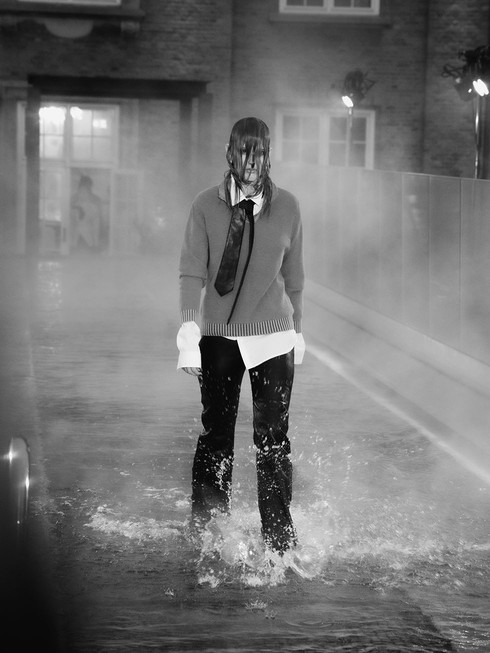
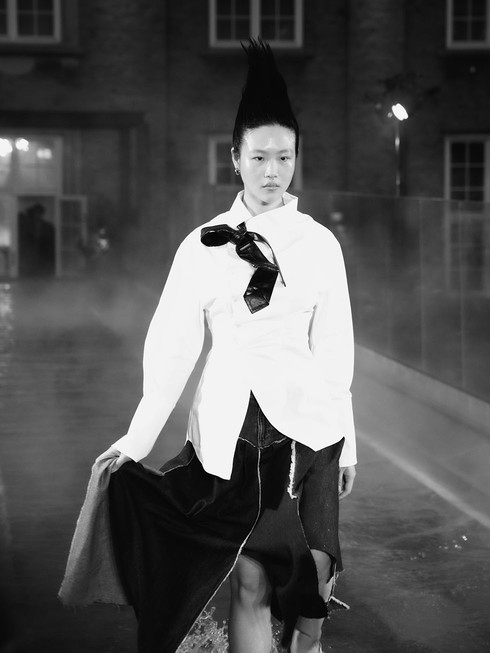
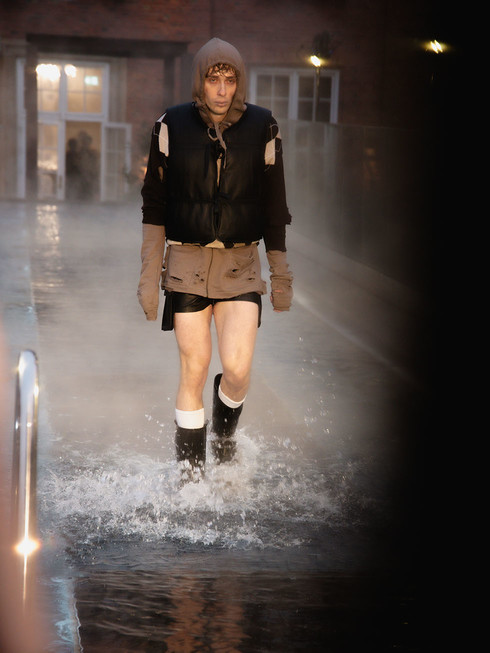
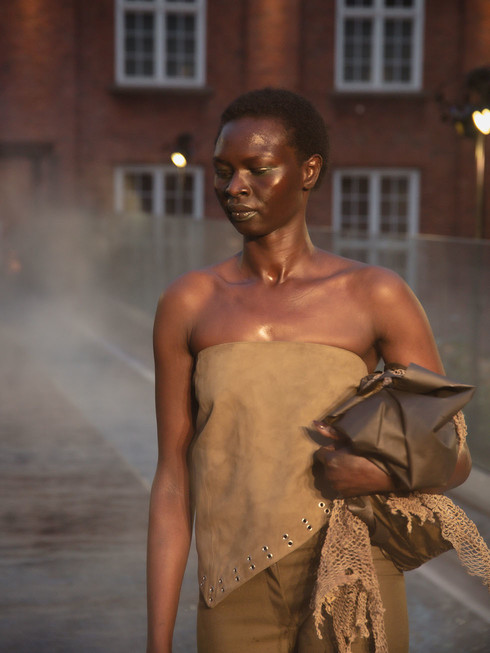
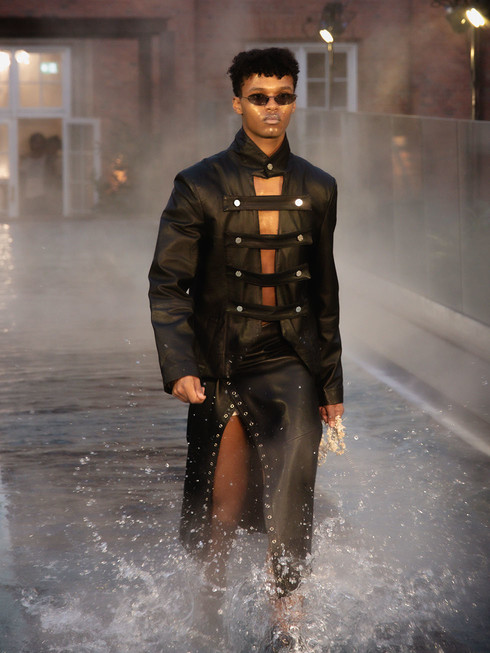
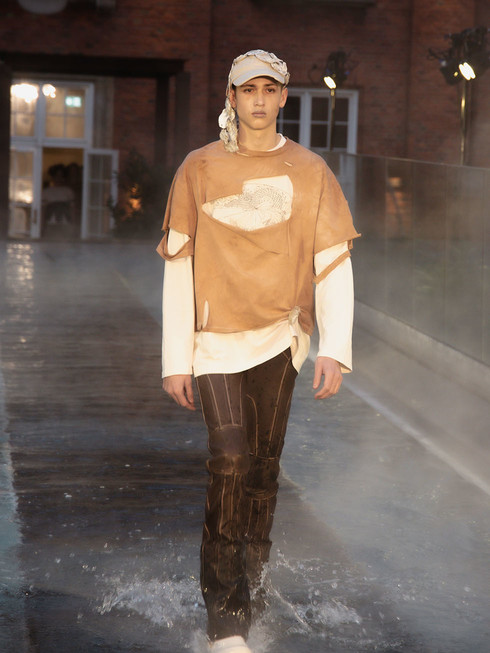
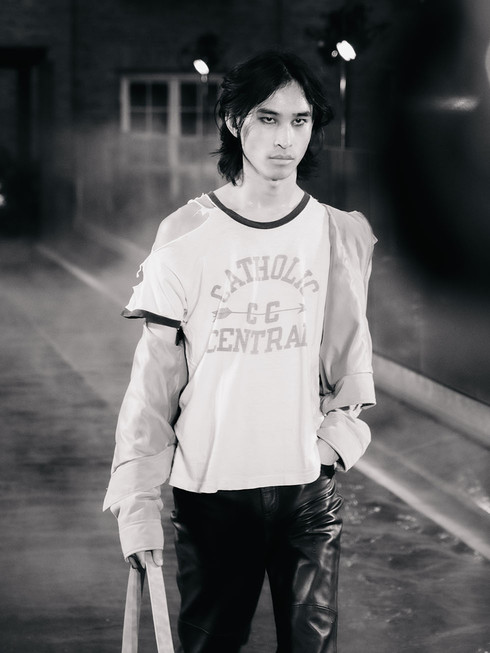
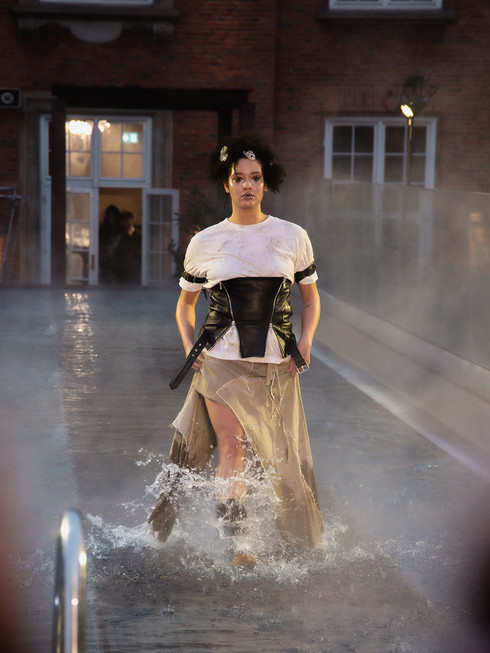
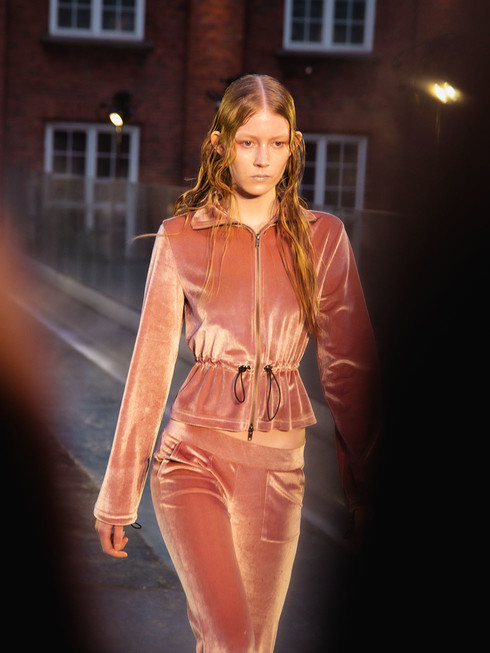
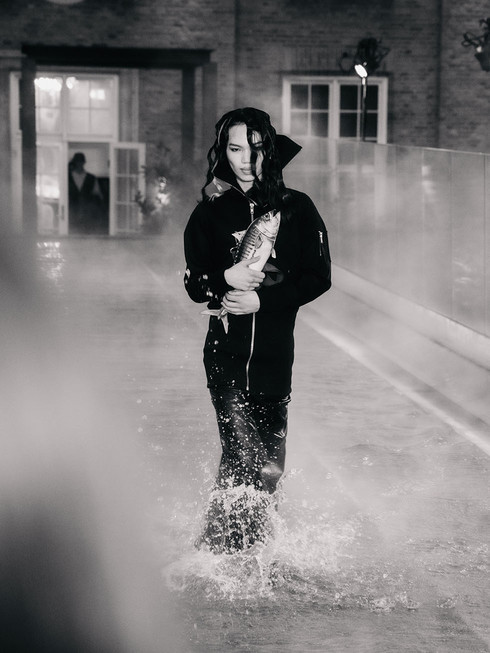
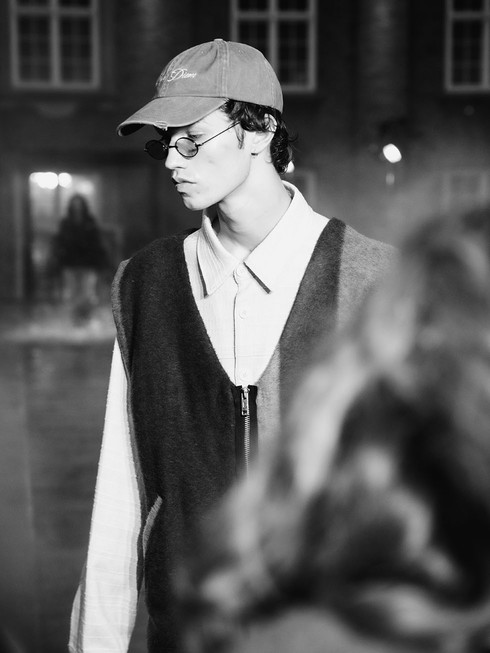
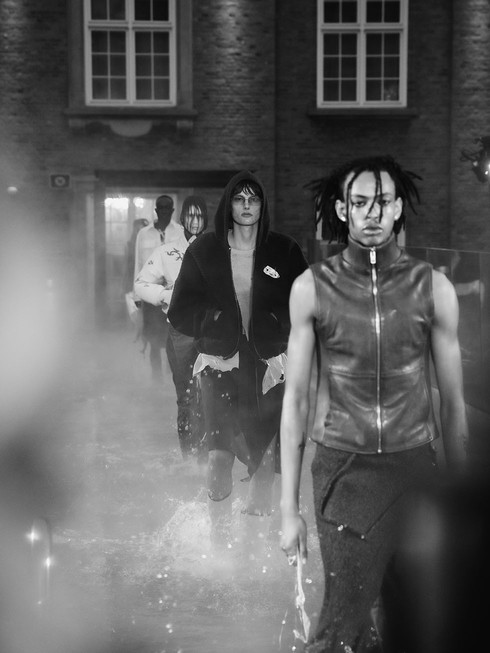
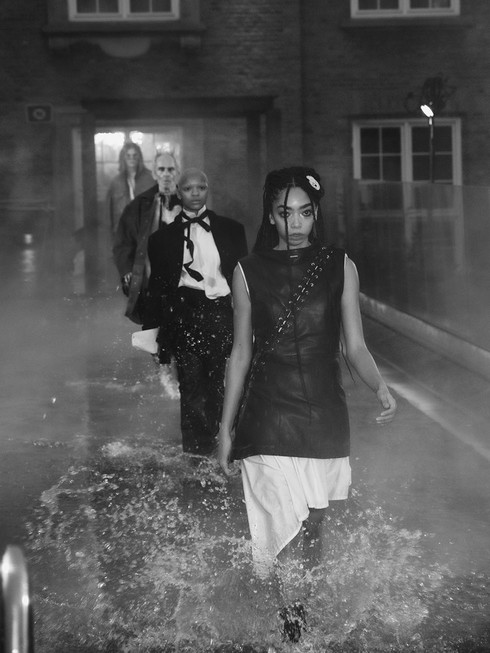
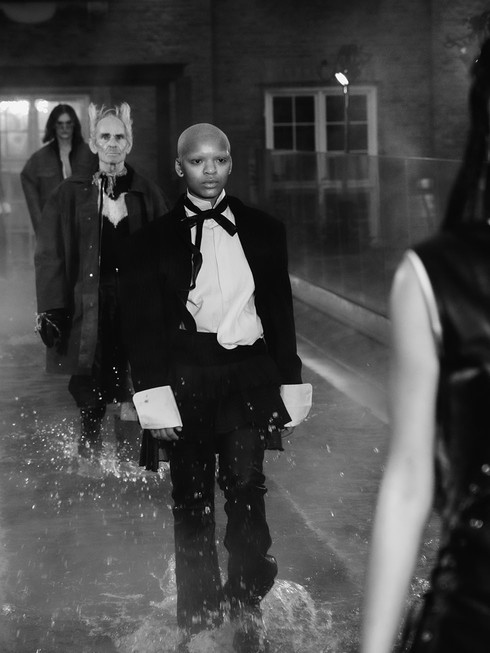
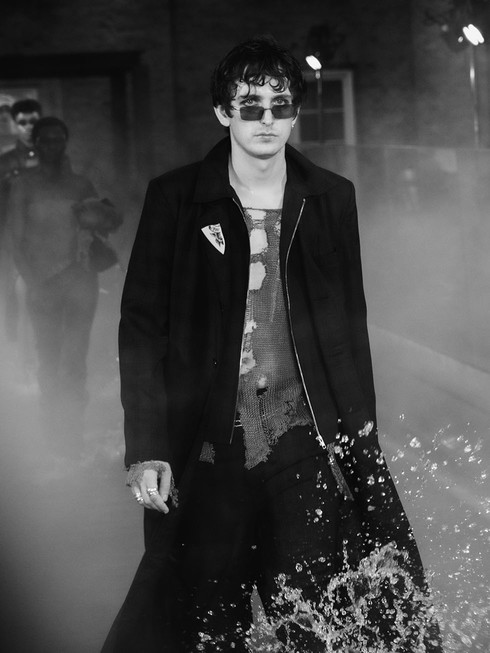
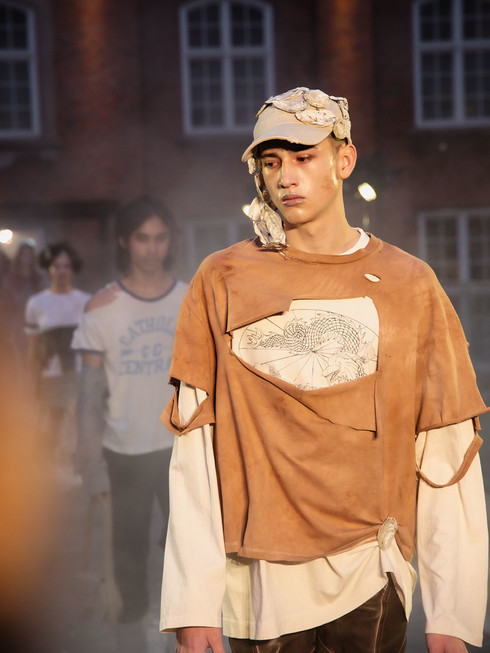
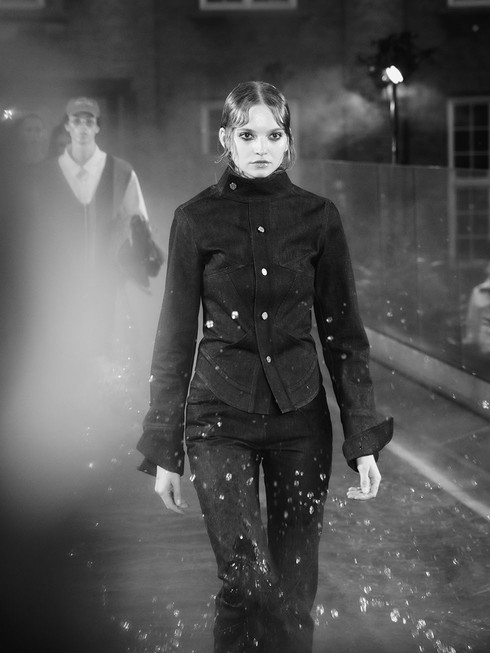
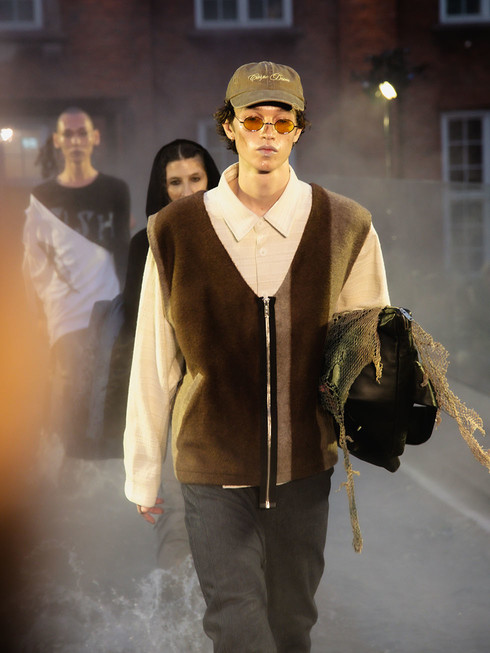
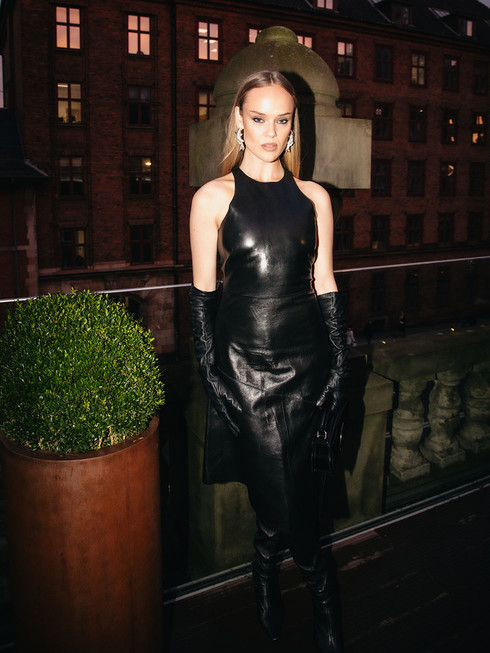
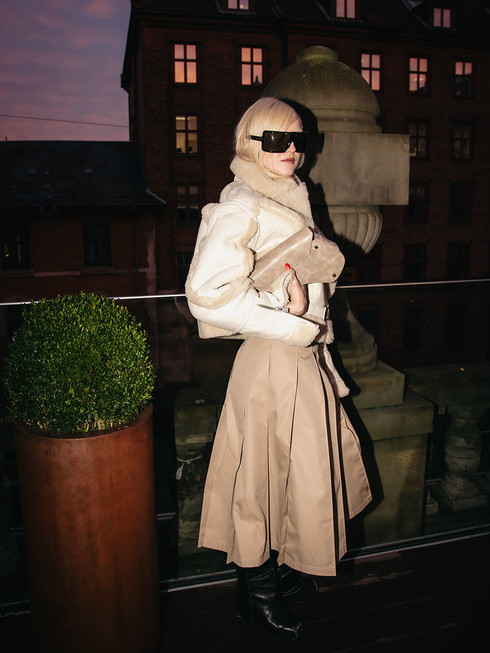

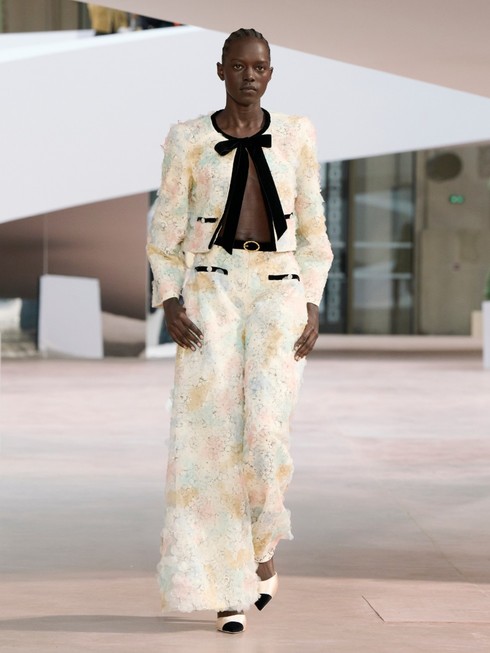
The Chanel Spring-Summer 2025 Haute Couture collection was a dazzling celebration of the House’s timeless codes and Gabrielle Chanel’s revolutionary spirit. Set beneath the iconic dome of the Grand Palais, the double C infinity runway, imagined by scenographer Willo Perron, symbolized the endless creativity of Chanel. The show was a star-studded affair, with Dua Lipa, Pamela Anderson, and Kylie Jenner gracing the front row, adding to the allure of the Parisian morning.
The collection unfolded like a symphony of color, moving from the soft hues of dawn to the deep tones of twilight. A pyjama-style ensemble in silk crêpe set the stage for a sunshine-yellow tweed suit, a lilac dress with box pleats, and a mimosa-hued dress suit adorned with delicate pink flounces. Bold contrasts came alive in an orange-pink coat layered over a purple jacquard dress and a red chiffon stardust gown, while a sky-blue puffed cape and a white sequined dress paired with a champagne tweed coat evoked a sense of modern fairytale glamour.
Details took center stage, with graphic and multicolored braids, linings in shimmering satin shades, and celestial buttons fashioned into suns, moons, and camellias. The interplay of fabrics, from painted lace to embroidered chiffon, added texture and depth, creating trompe l’oeil effects that reimagined traditional tweed. Accessories followed suit, with strappy shoes in a palette ranging from sky blue to cream, complementing the vivid story of the collection.
Celebrating 110 years of Chanel Haute Couture, the collection was a testament to its enduring legacy of beauty, innovation, and excellence. As Gabrielle Chanel once said, “Comfort has forms. Love has colors,” and this collection embodied that ethos to perfection.
